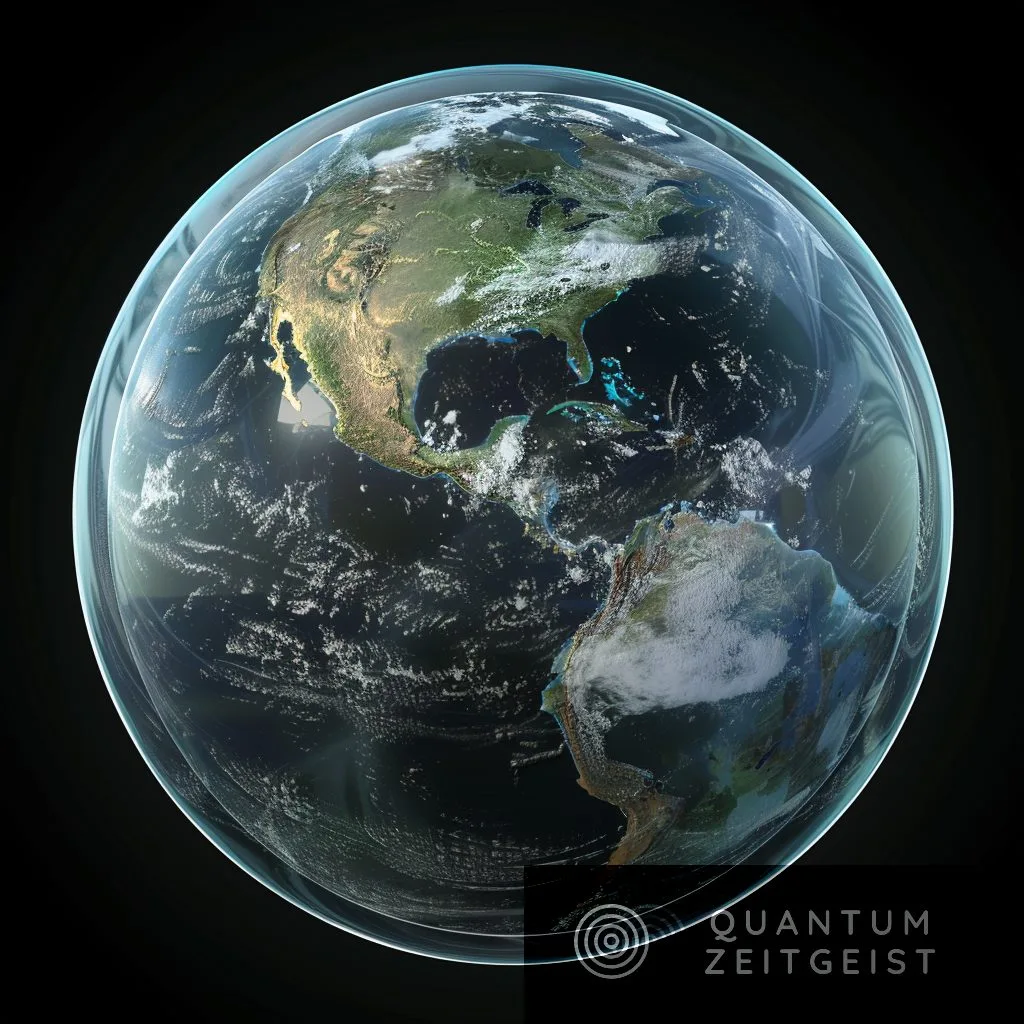Scientists Matías Suazo, Erik Zackrisson, Priyatam K Mahto, Fabian Lundell, Carl Nettelblad, Andreas J Korn, Jason T Wright, and Suman Majumdar have conducted a comprehensive search for Dyson spheres, theoretical megastructures that advanced civilizations could use to harness the energy of their host stars. Using data from Gaia, 2MASS, and WISE, they developed a pipeline to identify potential Dyson sphere candidates among five million objects. The pipeline identified seven candidates, all M-dwarfs, which showed unexplained infrared excess emission. The team suggests that further analysis is needed to determine the nature of these sources.
The Search for Extraterrestrial Intelligence: Dyson Spheres
The quest for extraterrestrial intelligence is a multifaceted endeavor, employing various techniques and exploring different wavelength bands. One potential technosignature, or sign of technologically advanced life, is the Dyson sphere. These hypothetical megastructures, proposed by physicist Freeman Dyson in the 1960s, could be built by advanced civilizations to harness the energy of their host stars. This study presents a comprehensive search for partial Dyson spheres using optical and infrared observations from Gaia, 2MASS, and WISE.
Dyson Spheres: Harnessing Stellar Energy
Dyson spheres are theoretical structures that could be built around a star to capture and utilize its energy. The concept was proposed by Freeman Dyson in the 1960s, who suggested that advanced civilizations might construct such structures to meet their energy needs. These structures would absorb starlight and re-emit it as waste heat, creating a potential technosignature that could be detected by existing telescopes. Despite numerous searches, no strong candidates for Dysonian technology have been found to date.
The Search Methodology: Gaia, 2MASS, and WISE
The search for Dyson spheres in this study utilized data from Gaia Data Release 3, 2MASS, and AllWISE. These sources provide photometric data in the optical, near-infrared (NIR), and mid-infrared (MIR) wavelengths, respectively. Gaia also provides parallax-based distances, which allow the spectral energy distributions (SEDs) of the targets to be converted to an absolute luminosity scale. A specialized pipeline was developed to identify potential Dyson sphere candidates, focusing on detecting sources that display anomalous infrared excesses that cannot be attributed to any known natural source of such radiation.
Potential Dyson Sphere Candidates
After analyzing the optical/NIR/MIR photometry of approximately five million sources, the study identified seven potential Dyson sphere candidates. All of these objects are M-dwarfs, a type of star that is smaller and cooler than our sun. These stars exhibited an infrared excess of unclear nature that is compatible with the study’s Dyson sphere models. However, there are several natural explanations for the infrared excess in the literature, but none of them clearly explains such a phenomenon in the candidates, especially given that all are M dwarfs.
The Need for Further Analysis
While the identified candidates display properties consistent with partial Dyson spheres, it is premature to conclude that the mid-infrared radiation presented in these sources originated from them. The mid-infrared data quality for these objects is typically quite low, and additional data are required to determine their nature. Follow-up spectroscopy could help unveil the nature of these sources, particularly by analyzing the spectral region around H α, a specific wavelength of light often associated with hydrogen. This could help determine whether the emission corresponds to a single blackbody, as assumed in the study’s models.
External Link: Click Here For More




